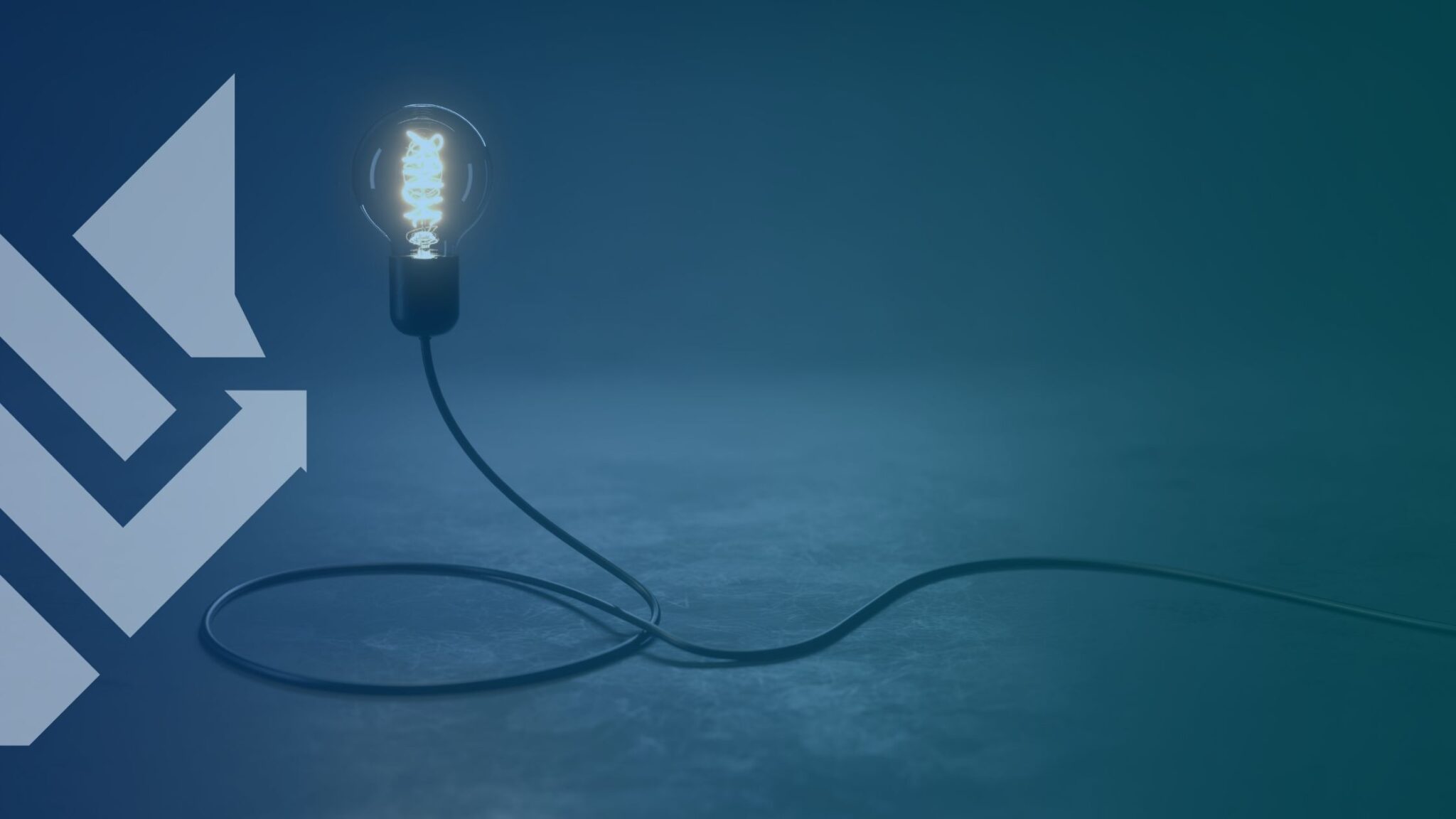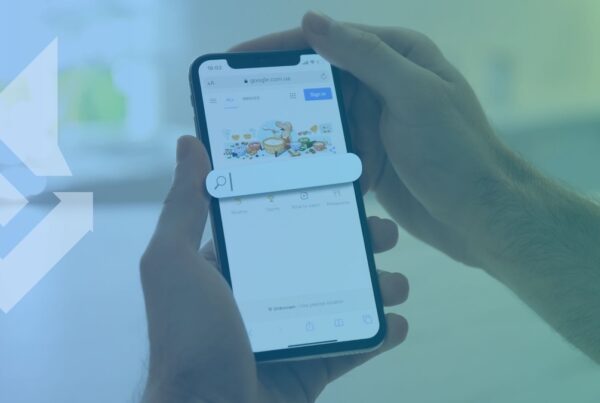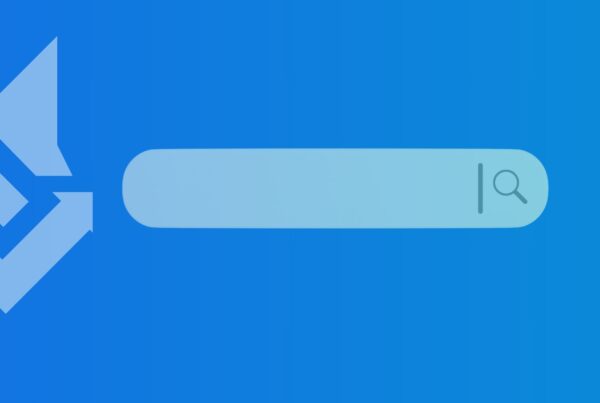Last updated on February 17th, 2025 at 08:28 pm
Leads from ads don’t convert on their own, and your mindset—how you prepare—makes all the difference in your sales. Unlike referrals, ad-driven leads don’t know you yet. They’re more skeptical, quicker to move on, and expect immediate value. Confidence, speed, and the right approach make all the difference between a lost lead and a closed deal.
Ad leads aren’t “bad” leads—they just require a different mindset and strategy. This guide covers the key mindset shifts and strategies that help turn ad clicks into paying customers.
Why Mindset Drives Sales Success
Sales success is just as much about how you think as what you say.
Your mindset shapes how you engage with leads, handle objections, and prepare for sales conversations. With ad-driven leads especially, confidence, clarity, and control can mean the difference between a closed deal and a lost opportunity. Your approach can directly influence how leads respond.
Even if you have the best offer, hesitation, uncertainty, or pushiness can instantly lower trust. Over 70% of unsuccessful sales are attributed to the salesperson’s attitudes or behaviors. Developing a strong sales mindset helps you stay focused, adaptable, and in control of the conversation.
Common mindset mistakes that hurt conversions:
- Thinking too much about the sale – Leads don’t want to be “closed;” they want to feel understood.
- Talking more than you listen – Rushing into a pitch before knowing their needs makes it harder to connect.
- Taking objections personally – When you react instead of guiding the conversation, leads lose confidence in you.
The best sales pros approach every lead with the right mental framework:
- Confidence over pressure
- Curiosity over assumptions
- Resilience over frustration
What Makes Ad Leads Different (And How to Adapt)
Leads from ads aren’t the same as referrals or organic inquiries because they didn’t seek you out. They clicked on an ad, maybe out of curiosity or mild interest.
That means, compared to leads who found you through research or a recommendation, they’re starting with…
- Less trust, more skepticism – They don’t know your brand and are wary of being “sold to” so they need swift reassurance that you’re credible before committing.
- Shorter attention spans – They expect value fast and won’t wait around for long-winded pitches.
- More competition – They likely clicked on multiple ads, meaning you must stand out quickly.
It’s also common to encounter leads primarily focused on pricing, especially from ad campaigns. While ads can attract a broad audience, they often include individuals comparing multiple options.
Be prepared to clearly communicate the value and benefits of your services to stand out among competitors.
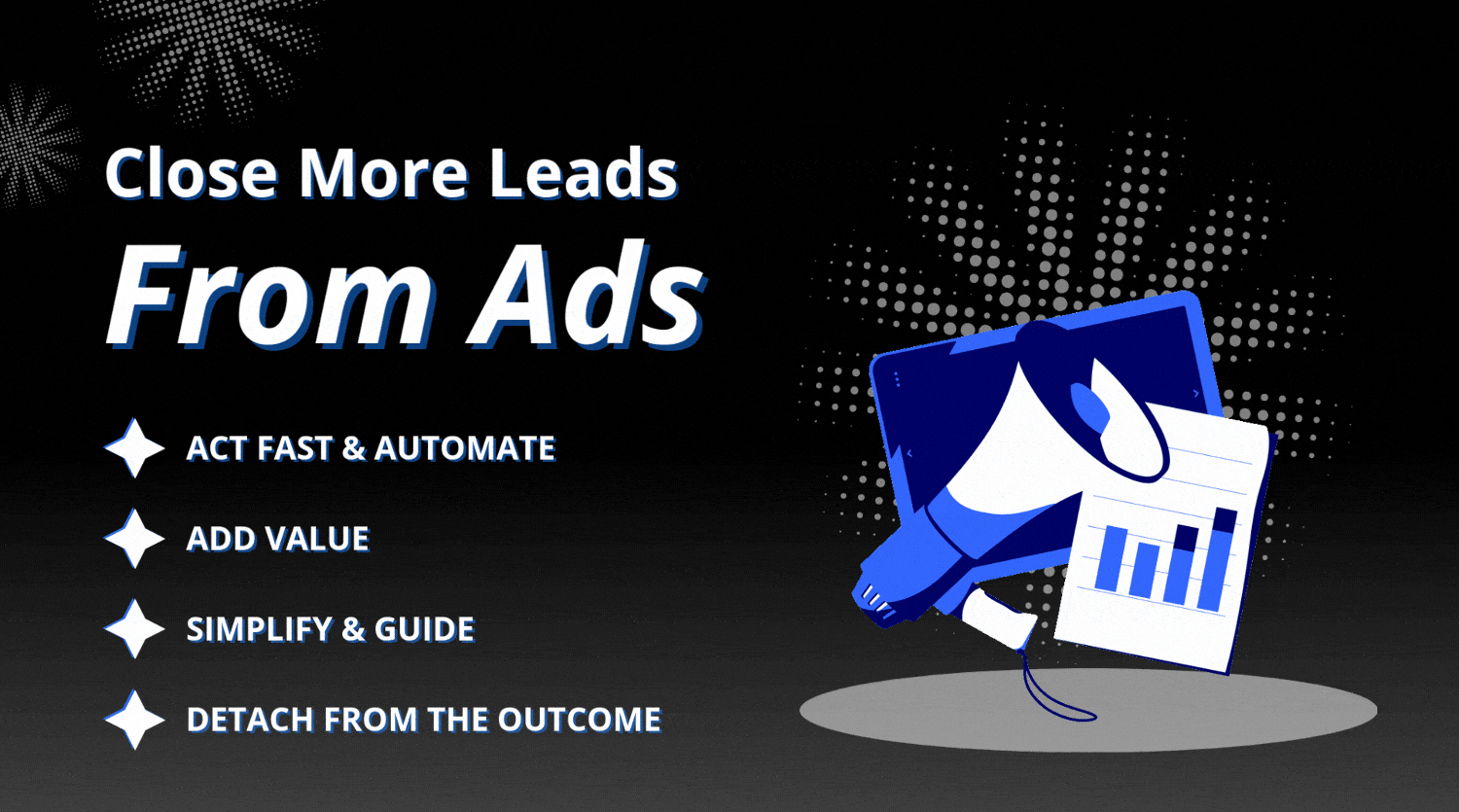
These challenges can cause you to lose lots of opportunities if you’re not careful. But when you adjust your approach, ad leads become much easier to close. Conversion rates from ad leads will also vary widely across industries.
For instance, the average conversion rate for Facebook ads across all industries is 9.21%. However, this can differ by industry—just a few examples:
- Fitness: 14.29%
- Education: 13.58%
- Real Estate: 10.68%
- Retail: 3.26%
These figures provide a general idea of what to expect, but individual results may vary based on factors like overall ad quality, audience targeting, and follow-up strategies.
Certain habits and minor mistakes are common across industries but can still hinder the number of deals you see closing from ads. Try to be mindful of things like:
- Failing to define your target audience can lead to ineffective ad placements and messaging.
- Presenting too many options or add-ons, such as additional fees for mileage, can overwhelm potential clients.
- Using a forceful tone during interactions can deter leads. Aim for a friendly, consultative approach to build trust and rapport.
- Neglecting negative keywords in your ad campaigns can lead to irrelevant clicks, wasting budget and lowering conversion rates
4 Mindset Shifts to Close More Ad Leads
1. Act Fast & Add Value
Your ad leads likely don’t have a prior connection to you, so speedy engagement is key. If you wait too long, they’ve already moved on. More than half of companies take more than five days to respond to a new lead—and 12% don’t conduct any sort of outreach.
Prioritize follow-ups ASAP. You can automate initial responses to acknowledge inquiries instantly. Keep messages short, direct, and focused on helping, not selling right away.
Show you understand their pain points before mentioning your offer. Get them talking and demonstrate your value.
2. Guide, Don’t Push
Ad-driven leads aren’t looking for a hard sell, and pressure tactics can make someone more resistant. Approach the conversation as a guide or partner helping them make the best choice.
They want solutions, not pressure, so being clearly interested in offering guidance builds trust and positions you as someone who understands their needs.
- Ask open-ended questions.
- Focus on solving their problem before listing service features or benefits.
- Let them feel in control—help them see the value, but allow them to make the decision.
3. Simplify the Conversation
Confidence and clarity make a difference in closing rates. The less friction in your process, the easier it is for leads to say yes. So, keep the path to conversion simple and clear.
- Set the tone by steering the discussion with well-placed questions.
- Keep the conversation structured so they don’t feel overwhelmed.
- Handle objections calmly and confidently, reassuring them instead of getting defensive.
4. Detach from the Outcome
Desperation is easy to sense, and it pushes leads away. The best salespeople focus on service over pressure, knowing that not every lead will convert—and that’s okay.
Approach each call to help, not just close. People trust results, so share a quick success story or touch on a common pain point you resolve often.
Stay positive and persistent, but know when to move on. When you remove pressure and focus on creating a great experience, leads feel more comfortable moving forward, and you feel more comfortable regardless of what they decide.
The Closer’s Mindset in Action
Shifting your mindset is the first step—now it’s time to put it into action. The right strategies will help you engage leads effectively, handle objections with confidence, and guide more prospects toward a “yes.”
1. Automate Initial Responses Without Losing the Human Touch
Speed matters with ad leads, but that doesn’t mean you need to manually respond within minutes. Automation helps you engage quickly while keeping interactions personal.
Use a CRM or automation tool like ActiveCampaign, HubSpot, or Pipedrive to send instant responses when a lead fills out a form. Keep the message short, friendly, and action-oriented:
“Hey [Name], thanks for reaching out about [service]! I’d love to learn more about what you need. Are you available for a quick call today?”
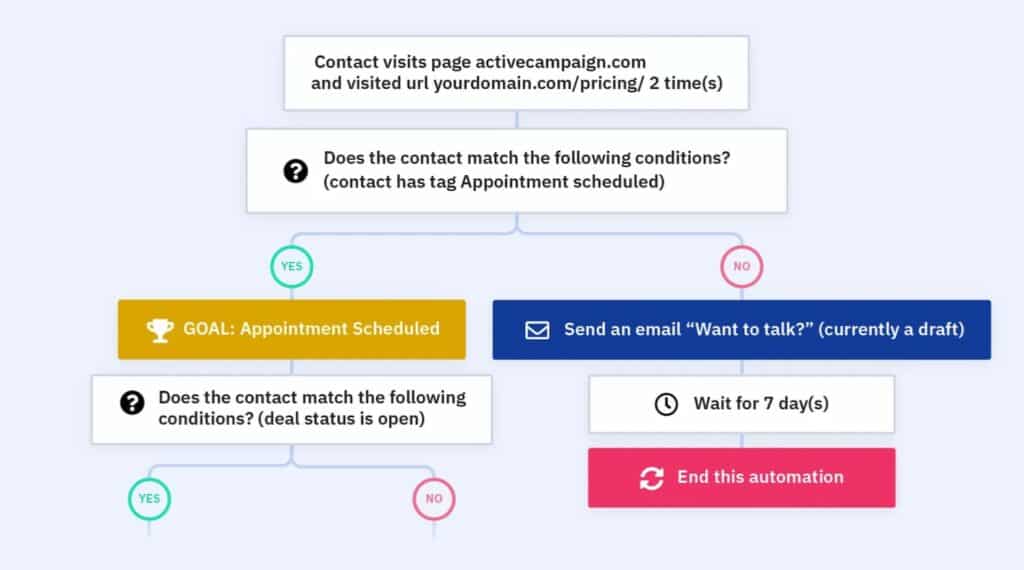
Pairing automation with a call booking link (via Calendly or a similar tool) makes it easy for leads to take the next step without waiting for a response.
Once they engage, follow up manually within an hour to reinforce the connection and move the conversation forward.
2. Handle Objections Before They Come Up
Ad leads are more skeptical than referrals—they don’t know your reputation yet and could be comparing multiple options.
Instead of waiting for objections, address common hesitations early to build trust.
If price is a common sticking point, frame your value upfront:
“Some people ask about pricing right away, so I want to be upfront—our clients choose us because we focus on [key differentiator], not just the lowest cost.”
If they’re unsure whether they even need your service, guide them with a question:
“A lot of our customers weren’t sure at first either, but once we walked through the details, they realized [real benefit]. What’s the biggest challenge you’re facing with [pain point]?”
Remember, position yourself as a trusted advisor, not just another salesperson. When you proactively address concerns, leads are less likely to ghost or push back later.
3. Follow Up With Purpose (Not Just “Checking In”)
Most ad leads won’t convert on the first touchpoint, but how you follow up makes all the difference. Instead of just reminding them you exist, offer something of value in each message.
A structured sequence with a mix of calls, texts, and emails can keep engagement high without overwhelming them. The timeframes and sequence will depend on your audience (and take some tweaking over time), but here’s an example:
- Day 1: Automated text + manual call attempt
- Day 2: Email with a quick tip or case study
- Day 4: Second call attempt + short, value-driven text
- Day 7: Final follow-up offering a simple next step
Each touchpoint should be helpful, not too pushy. Instead of “Just checking in,” try something like:
“Hey [Name], I just helped a customer in a similar situation save [time/money]. Let me know if you’d like to go over what that could look like for you.”
Or:
“I wanted to share this quick guide on [relevant pain point]—thought it might help with your decision!”
By offering insights, answering questions, or providing proof, you keep the conversation moving without feeling like a nag or a stalker.
4. Track What’s Working and Adjust
If leads aren’t converting, don’t assume it’s a lead quality problem—analyze where they’re dropping off. Tracking key data helps you refine your approach and improve close rates.
Start by measuring:
- Response time – Are you responding fast enough?
- Where leads disengage – Are they ghosting after the first call? Hesitant about pricing? Asking the same objections?
- Message effectiveness – If leads keep pushing back at the same point, test different ways to frame your offer.
Even small adjustments—like rewording how you present pricing, improving your first response, or fine-tuning your follow-up cadence—can dramatically change your results over time.
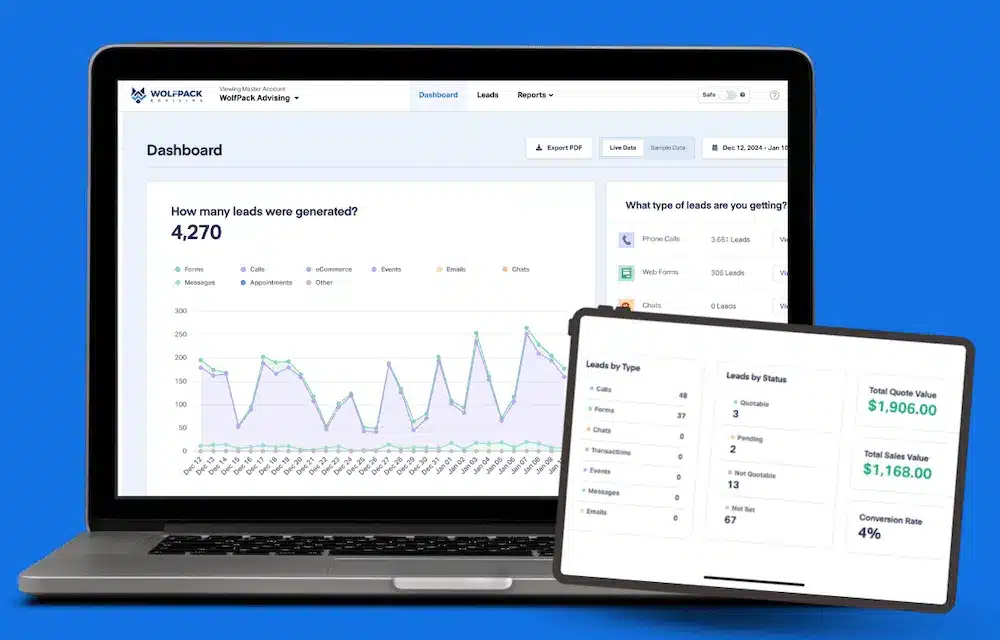
Conclusion
Closing ad leads isn’t impossible and it’s not about luck—it’s all about your mindset and strategy. When you respond swiftly, assist confidently, and progress smoothly, converting ad-driven leads gets easier.
The businesses that win aren’t the ones with the most leads; they’re the ones who know how to prepare their mindset for sales from ads. Want to turn more ad leads into real revenue? Wolfpack Advising helps businesses like yours every day — schedule your online consultation and get a custom proposal.

